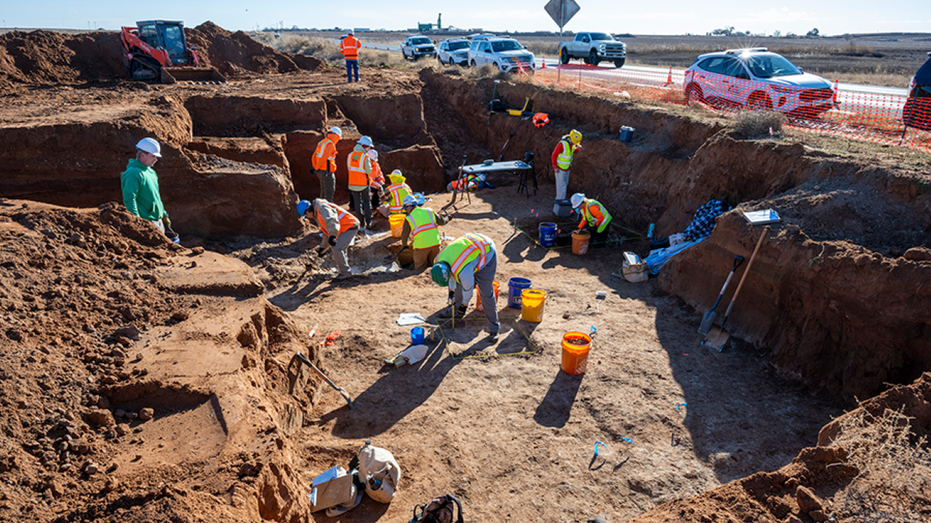- by foxnews
- 24 May 2025
5 AI terms you keep hearing and what they actually mean
Discover the basics of artificial intelligence, including neural networks and machine learning, to navigate the AI-powered world with confidence and curiosity.
- by foxnews
- 24 May 2025
- in technology

Today I am breaking down five buzzy AI terms that you've probably seen in headlines, group chats or app updates, minus the tech talk. Understanding these basics will help you talk AI with confidence, even if you're not a programmer.
The big umbrella term
Artificial Intelligence is a broad term for computer systems that can do tasks normally requiring human intelligence. That includes understanding language, recognizing images, making decisions and even learning from experience.
You're using AI when:
Think of AI as the category; everything else on this list is a branch of it. It's the foundation for all the smart tools we use today, from voice assistants to facial recognition. As AI continues to evolve, it has the power to make everyday tasks easier, faster and more personalized. But as it becomes more embedded in our lives, understanding the basics is key to using it wisely and protecting your digital autonomy.
How AI learns patterns
For example: You like action movies. You watch a few. Over time, the algorithm learns your preferences and recommends similar titles, even if you didn't say anything directly.
Common uses of ML:
ML is how AI "gets smarter" by itself, and it's a big part of how tech becomes more helpful and intuitive. From catching suspicious charges on your credit card to curating your favorite music, machine learning can make life more seamless and even safer. But as with any technology, it's important to stay aware of how your data is being used and who's doing the learning. The more we understand how it works, the better we can decide how and when to trust it.
The tech that mimics your brain
They're particularly good at recognizing complex patterns, like identifying faces in photos or translating languages.
Use cases include:
If AI is the brain, neural networks are the brain cells doing the work. Neural networks are the part of AI that actually processes information. They're designed to mimic how human brains work, taking in data, learning patterns and making decisions. So, when AI recognizes a face, writes a sentence or makes a suggestion, it's neural networks making that happen behind the scenes.
AI that creates, not just predicts
Generative AI doesn't just analyze data, it creates new stuff: text, images, videos, code, music, even voices. It's trained on huge amounts of content and learns how to generate something new that mimics the original.
You've seen it in action if you've used:
It's like giving a machine a vibe and watching it invent something that fits. Generative AI is creative, fast and sometimes uncannily realistic, which is what makes it both exciting and a little unsettling.
The magic words that make AI work
A prompt is the input you give to an AI system, usually a question, command or description. It's how you talk to tools like ChatGPT or image generators.
The better your prompt, the better the result.
Examples:
You don't need a computer science degree to understand AI, just a few solid definitions. From machine learning and neural networks to generative AI and prompts, these tools are no longer reserved for tech labs; they're becoming part of your everyday life. Whether it's helping you write an email, organize your photos or get dinner ideas based on what's in your fridge, AI is already working behind the scenes to make life a little easier (and sometimes a lot more interesting).
Now that you've got the lingo down, you'll be better equipped to navigate the AI-powered world with confidence and curiosity.
Follow Kurt on his social channels:
Answers to the most-asked CyberGuy questions:
New from Kurt:
Copyright 2025 CyberGuy.com. All rights reserved.
- by foxnews
- descember 09, 2016
Texas road construction unearths 'colossal' prehistoric remains of 'big ol' animals'
Archaeologists in Texas recently discovered prehistoric megafauna bones, including a giant ground sloth, during a highway project in Lubbock, according to officials.
read more




